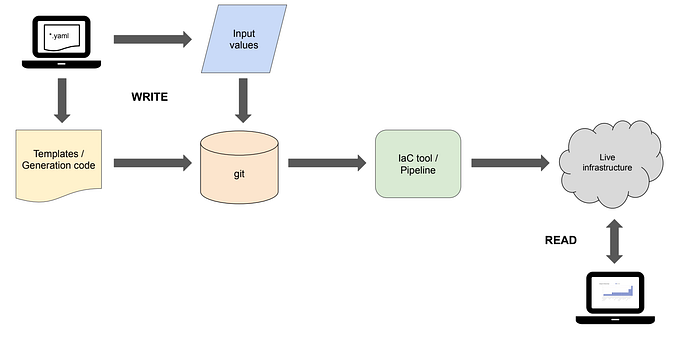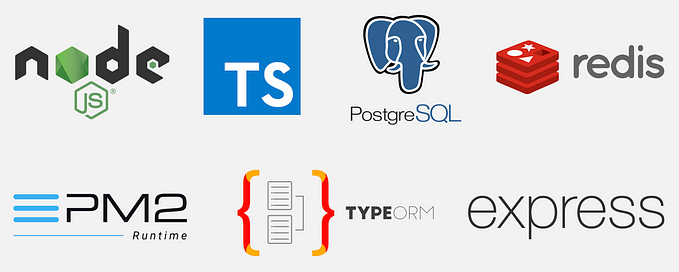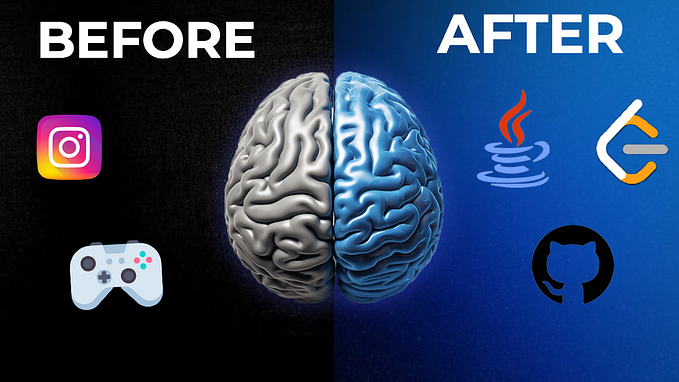How to simplify your codebase with map(), reduce(), and filter() in JavaScript

When you read about Array.reduce and how cool it is, the first and sometimes the only example you find is the sum of numbers. This is not our definition of ‘useful’. 🤓
Moreover, I’ve never seen it in a real codebase. But, what I’ve seen a lot is 7–8 line for-loop statements for solving a regular task where Array.reduce could do it in one line.
Recently I rewrote a few modules using these great functions. It surprised me how simplified the codebase became. So, below is a list of goodies.
If you have a good example of using a map or reduce method — post it in the comments section. 👍
Let’s get started!
1. Remove duplicates from an array of numbers/strings
Well, this is the only one not about map/reduce/filter, but it’s so compact that it was hard not to put it in the list. Plus we’ll use it in a few examples too.
const values = [3, 1, 3, 5, 2, 4, 4, 4];
const uniqueValues = [...new Set(values)];// uniqueValues is [3, 1, 5, 2, 4]
2. A simple search (case-sensitive)
The filter() method creates a new array with all elements that pass the test implemented by the provided function.
const users = [
{ id: 11, name: 'Adam', age: 23, group: 'editor' },
{ id: 47, name: 'John', age: 28, group: 'admin' },
{ id: 85, name: 'William', age: 34, group: 'editor' },
{ id: 97, name: 'Oliver', age: 28, group: 'admin' }
];let res = users.filter(it => it.name.includes('oli'));// res is []
3. A simple search (case-insensitive)
let res = users.filter(it => new RegExp('oli', "i").test(it.name));// res is
[
{ id: 97, name: 'Oliver', age: 28, group: 'admin' }
]
4. Check if any of the users have admin rights
The some() method tests whether at least one element in the array passes the test implemented by the provided function.
const hasAdmin = users.some(user => user.group === 'admin');// hasAdmin is true
5. Flattening an array of arrays
The result of the first iteration is equal to : […[], …[1, 2, 3]] means it transforms to [1, 2, 3] — this value we provide as an ‘acc’ on the second iteration and so on.
const nested = [[1, 2, 3], [4, 5, 6], [7, 8, 9]];
let flat = nested.reduce((acc, it) => [...acc, ...it], []);// flat is [1, 2, 3, 4, 5, 6, 7, 8, 9]
We can slightly improve this code by omitting an empty array[]as the second argument for reduce(). Then the first value of the nested will be used as the initial acc value. Thanks to Vladimir Efanov.
let flat = nested.reduce((acc, it) => [...acc, ...it]);// flat is [1, 2, 3, 4, 5, 6, 7, 8, 9]
Note that using the spread operator inside a reduce is not great for performance. This example is a case when measuring performance makes sense for your use-case. ☝️
Thanks to Paweł Wolak, here is a shorter way without Array.reduce:
let flat = [].concat.apply([], nested);Also Array.flat is coming, but it’s still an experimental feature.
6. Create an object that contains the frequency of the specified key
Let’s group and count the ‘age’ property for each item in the array:
const users = [
{ id: 11, name: 'Adam', age: 23, group: 'editor' },
{ id: 47, name: 'John', age: 28, group: 'admin' },
{ id: 85, name: 'William', age: 34, group: 'editor' },
{ id: 97, name: 'Oliver', age: 28, group: 'admin' }
];const groupByAge = users.reduce((acc, it) => {
acc[it.age] = acc[it.age] + 1 || 1;
return acc;
}, {});// groupByAge is {23: 1, 28: 2, 34: 1}
Thanks to sai krishna for suggesting this one!
7. Indexing an array of objects (lookup table)
Instead of processing the whole array for finding a user by id, we can construct an object where the user’s id represents a key (with constant searching time).
const uTable = users.reduce((acc, it) => (acc[it.id] = it, acc), {})// uTable equals:
{
11: { id: 11, name: 'Adam', age: 23, group: 'editor' },
47: { id: 47, name: 'John', age: 28, group: 'admin' },
85: { id: 85, name: 'William', age: 34, group: 'editor' },
97: { id: 97, name: 'Oliver', age: 28, group: 'admin' }
}
It’s useful when you have to access your data by id like uTable[85].name a lot.
8. Extract the unique values for the given key of each item in the array
Let’s create a list of existing users’ groups. The map() method creates a new array with the results of calling a provided function on every element in the calling array.
const listOfUserGroups = [...new Set(users.map(it => it.group))];// listOfUserGroups is ['editor', 'admin'];
9. Object key-value map reversal
const cities = {
Lyon: 'France',
Berlin: 'Germany',
Paris: 'France'
};let countries = Object.keys(cities).reduce(
(acc, k) => (acc[cities[k]] = [...(acc[cities[k]] || []), k], acc) , {});// countries is
{
France: ["Lyon", "Paris"],
Germany: ["Berlin"]
}
This one-liner looks quite tricky. We use the comma operator here, and it means we return the last value in parenthesis — acc. Let’s rewrite this example in a more production-ready and performant way:
let countries = Object.keys(cities).reduce((acc, k) => {
let country = cities[k];
acc[country] = acc[country] || [];
acc[country].push(k);
return acc;
}, {});Here we don’t use spread operator — it creates a new array on each reduce() call, which leads to a big performance penalty: O(n²). Instead the old good push() method.
10. Create an array of Fahrenheit values from an array of Celsius values
Think of it as processing each element with a given formula 🤓
const celsius = [-15, -5, 0, 10, 16, 20, 24, 32]
const fahrenheit = celsius.map(t => t * 1.8 + 32);// fahrenheit is [5, 23, 32, 50, 60.8, 68, 75.2, 89.6]
11. Encode an object into a query string
const params = {lat: 45, lng: 6, alt: 1000};const queryString = Object.entries(params).map(p => encodeURIComponent(p[0]) + '=' + encodeURIComponent(p[1])).join('&')// queryString is "lat=45&lng=6&alt=1000"
12. Print a table of users as a readable string only with specified keys
Sometimes you want to print your array of objects with selected keys as a string, but you realize that JSON.stringify is not that great 😦
const users = [
{ id: 11, name: 'Adam', age: 23, group: 'editor' },
{ id: 47, name: 'John', age: 28, group: 'admin' },
{ id: 85, name: 'William', age: 34, group: 'editor' },
{ id: 97, name: 'Oliver', age: 28, group: 'admin' }
];users.map(({id, age, group}) => `\n${id} ${age} ${group}`).join('')// it returns:
"
11 23 editor
47 28 admin
85 34 editor
97 28 admin"
JSON.stringify can make the string output more readable, but not as a table:
JSON.stringify(users, ['id', 'name', 'group'], 2);// it returns:
"[
{
"id": 11,
"name": "Adam",
"group": "editor"
},
{
"id": 47,
"name": "John",
"group": "admin"
},
{
"id": 85,
"name": "William",
"group": "editor"
},
{
"id": 97,
"name": "Oliver",
"group": "admin"
}
]"
13. Find and replace a key-value pair in an array of objects
Let’s say we want to change John’s age. If you know the index, you can write this line: users[1].age = 29. However, let’s take a look at another way of doing it:
const updatedUsers = users.map(
p => p.id !== 47 ? p : {...p, age: p.age + 1}
);// John is turning 29 now
Here instead of changing the single item in our array, we create a new one with only one element different. Now we can compare our arrays just by reference like updatedUsers == users which is super quick! React.js uses this approach to speed up the reconciliation process. Here is an explanation.
14. Union (A ∪ B) of arrays
Less code than importing and calling the lodash method union.
const arrA = [1, 4, 3, 2];
const arrB = [5, 2, 6, 7, 1];[...new Set([...arrA, ...arrB])]; // returns [1, 4, 3, 2, 5, 6, 7]
15. Intersection (A ∩ B) of arrays
The last one!
const arrA = [1, 4, 3, 2];
const arrB = [5, 2, 6, 7, 1];arrA.filter(it => arrB.includes(it)); // returns [1, 2]
As an exercise try to implement difference (A \ B) of the arrays. Hint: use an exclamation mark.
Thanks to Asmor and incarnatethegreat for their comments about #9.
That’s it!
If you have any questions or feedback, let me know in the comments down below or ping me on Twitter.
If this was useful, please click the clap 👏 button down below a few times to show your support! ⬇⬇ 🙏🏼
Here are more articles I’ve written:
Thanks for reading ❤️











